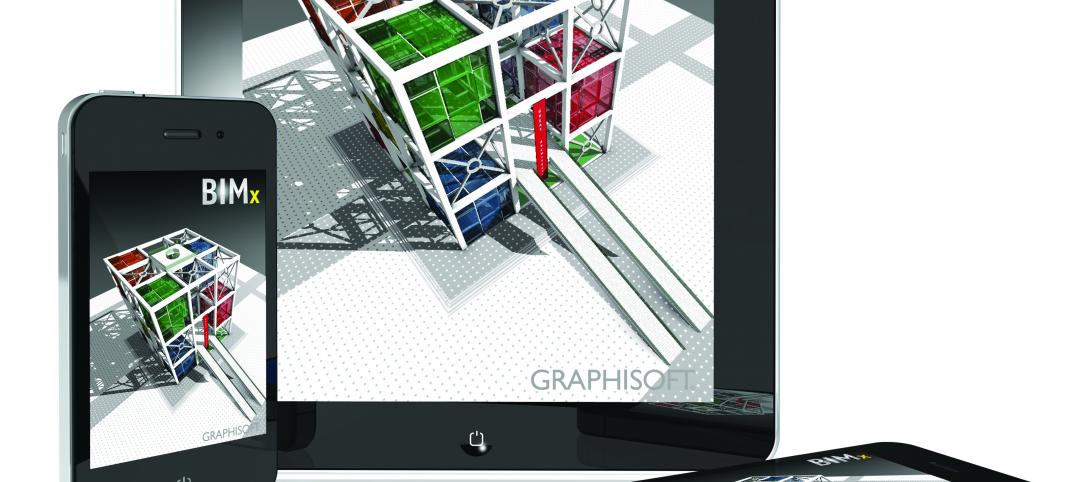If AI-driven machines can defeat the world’s greatest chess players and, even more improbable, the globe’s premier Go strategist, what chance does a college dropout have against machine learning technology? Slim to none, predicts one university research director.
Sudha Ram, a Professor of Management Information Systems and Director of the Center for Business Intelligence and Analytics with the University of Arizona, is leading a research project at UA that aims to prevent college dropouts from dropping out in the first place.
Ram’s efforts are nothing new for U.S. colleges and universities. Many schools use predictive analytics to help reduce freshman attrition rates. UA, for example, already tracks some 800 data points toward this effort. What makes Ram’s research unique are the types of data being collected and how those metrics are analyzed to more effectively identify at risk students.
The first several months of freshman year are the most harrowing for students. Colleges and universities know this. They also know that there are a number of early indicators for students who are most at risk for leaving after their first year. Most obvious are first-semester grades, financial aid activity, and students’ participation in course management systems. But even that information may come too late to make a difference. (Research suggests that most freshman make the decision to leave school within the first 12 weeks.)
Less evident but infinitely more powerful, says Ram, are social- and behavioral-related metrics such as shrinking social networks, fewer social interactions, and less-established routines.
Ram’s stockpile of student activity data comes from the university’s ID card tracking system, which collects information on everything from what students buy and eat to the buildings and spaces they frequent. Using large-scale network analysis and machine learning techniques to crunch three years worth of ID card usage data, Ram is able to piece together complex behavioral patterns for both student groups and individuals.
For example, if student A, on multiple occasions, uses her ID card at the same location and time as student B, it stands to reason there is social interaction between the two. When extrapolated over time, detailed behavioral and social patterns emerge.
By tracking changes to these patterns over time, Ram has been able to accurately predict freshmen dropouts at an 85-90% rate, up from the university’s current success rate of 73% using traditional metrics.
The findings show promise for the use of machine learning methodologies and big data analytics in the AEC industry and real estate sector. For example, a similar approach could be applied to commercial office buildings, to identify tenants that are most at-risk for not renewing their lease.
Related Stories
| Jul 3, 2012
Trimble to acquire WinEstimator
Acquisition adds estimating software solutions to Meridian Systems’ portfolio.
| Jun 1, 2012
New BD+C University Course on Insulated Metal Panels available
By completing this course, you earn 1.0 HSW/SD AIA Learning Units.
| Jun 1, 2012
Caruso to lead Gensler’s Asia talent development
Caruso will be based in Shanghai and working with the Gensler offices in Japan, China, South Korea, Singapore, Thailand, and India until the spring of 2013.
| Jun 1, 2012
New York City Department of Buildings approves 3D BIM site safety plans
3D BIM site safety plans enable building inspectors to take virtual tours of construction projects and review them in real-time on site.
| May 31, 2012
8 steps to a successful BIM marketing program
It's not enough to have BIM capability--you have to know how to sell your BIM expertise to clients and prospects.
| May 29, 2012
Reconstruction Awards Entry Information
Download a PDF of the Entry Information at the bottom of this page.
| May 24, 2012
2012 Reconstruction Awards Entry Form
Download a PDF of the Entry Form at the bottom of this page.
| May 23, 2012
New hospitals invest in data centers to manage growth in patient info
Silver Cross became one of the first hospitals to install patient tracking software so families know where a patient is at all times. New communication equipment supports wireless voice and data networks throughout the hospital, providing access to patients and their families while freeing clinicians to use phones and computers where needed instead of based on location.















